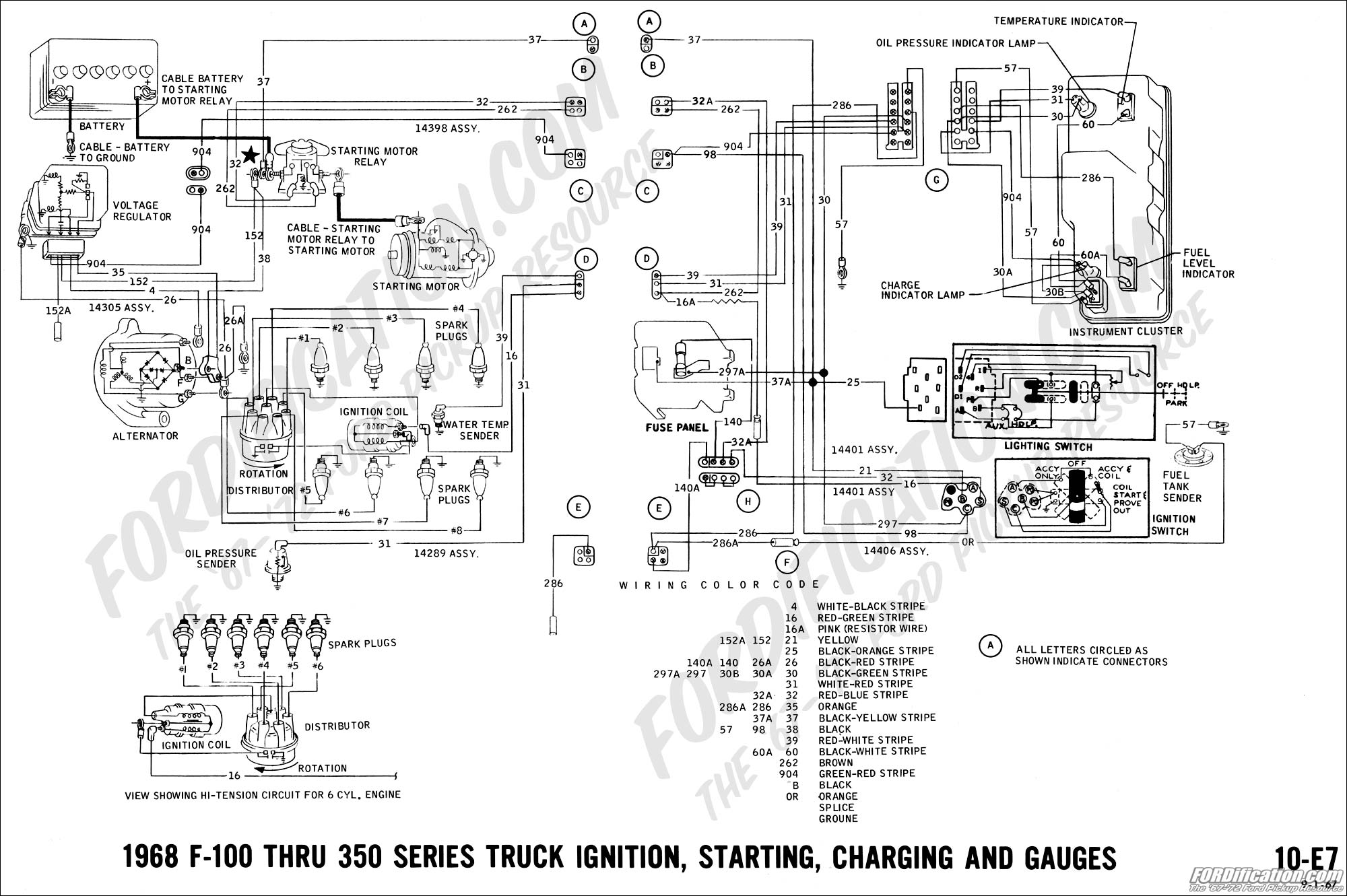Yes that is the wire, and figured it out. It does go under the nearest negative brush.
I found the patents for the starter. Which had a better illustration, wiring diagram, and semi helpful description. Finding a listing for a new contactor switch brought it all together, and clarified everything.
I had originally thought there were a total of 4 motive field coils. With the 4th having a parallel coil, or "shunt coil". I was partially correct. There's 3 motive field coils. The forth is the pull down coil, with a parallel weaker hold down coil in it.
How the picture of the new contactor switch helped. Fresh from the factory the negative brush nearest to the battery cable has a threaded junction block that screws to the frame. Then runs to the negative side of the contactor switch. Ware it is spot welded (not soldered) to the switch.
When they are rebuilt, or re-brushed the first time you are supposed to clip the brush off the junction block. Leaving just enough wire on the junction block to solder on the new brush in order to maintain originality. Rebuilding companies just use a slightly longer frame screw, and stack all 3 connections on the screw. Which is a PITA to do by the way. Lol one always wants to tighten to the frame first. Making it impossible to tighten the other. Some rebuilders will drill out the threads on the original junction block to prevent this. It would be faster & easier to just do it right the first time, and solder the new brush on.
Well if your in the 5%, I may end up in the 1%.

I think the insulation on the field coils are broken down, or far to oil soaked causing a short to frame (ground) in the solenoid coils. I prefer to do an insulation break down test with the starter apart. It's a little more reliable. Sometimes sparks just happen, and can be misleading.
With it apart make sure the positive brushes and hold down coil wire are not touch touching the frame. Use a piece of cardboard as you described to keep the contactor switch open. Then connect a jumper from the + battery post to the frame. Then attach the negative lead of a volt meter to the - battery post, and the positive lead to the battery post of the starter.
There should be no voltage. Don't rely on a ohm test. You need to check if the insulation fails with full battery current, not voltage. A ohm's test runs a a small amount of voltage, and nearly no current to check resistance. So it will check good if the insulation only fails when it draws full current.
It's a bit rainy today, so I will check tomarrow. If the insulation of the field coils fails I may rewrap & varnish the coils myself, or replace them if I can find someone with a new set in stock for reasonable price.
I still have plenty of 0.010 thick fish paper from back when I used to repair CRT monitors for resale. If I recall correctly these should be class B motors. So it's the perfect thickness. A roll of cotton wrapping tape is pretty cheap. The varnish isn't much either. I could even use a brush on scotch-kote. Which I use on the through bolts & other bits to prevent internal shorts. So the cost of field coils + shipping will need to be low for me to go the replacement route.
Thanks for everyone's reply. It helped focus my search to figure this out. I believe in learning to do stuff like this. It's fun, and one day a rebuilt unit may not be available, and shops that rebuild starters are few indeed. With the way the world is going, learning is even more important. It expands your knowledge beyond doing R&R's, which can save your bacon at an ever increasing rate.


